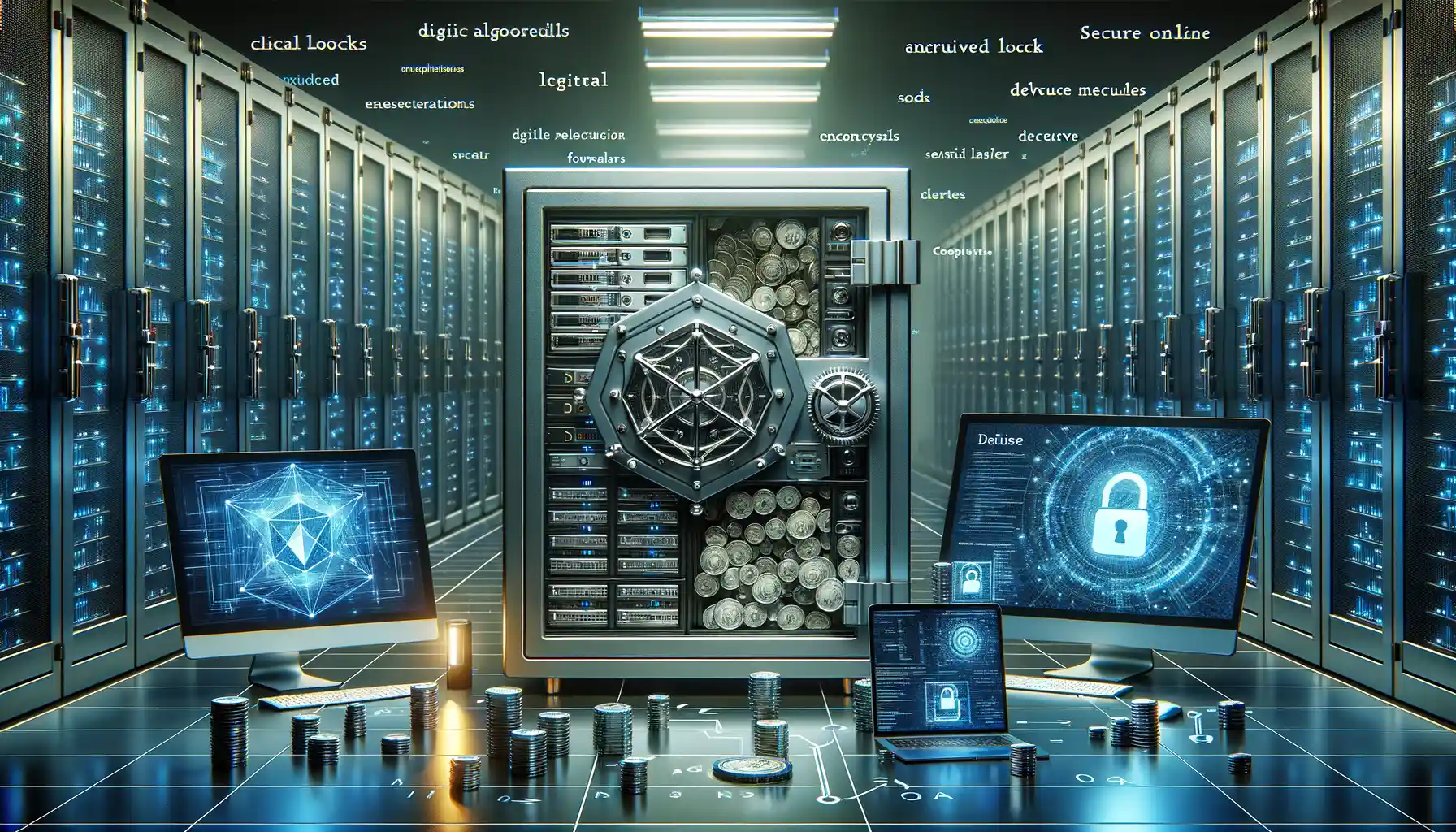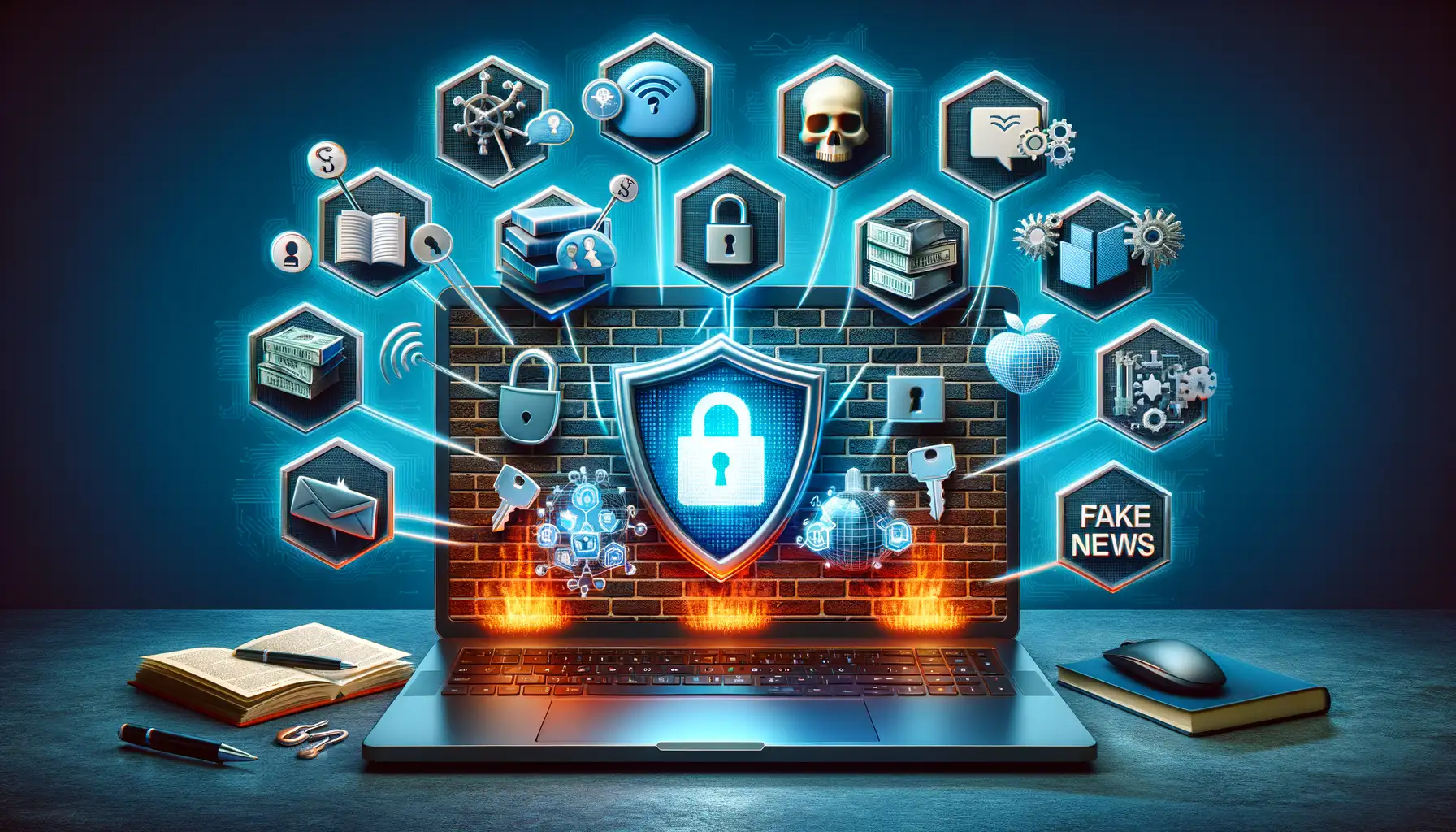Understanding the Importance of Online Asset Security
Why Protecting Your Online World is Non-Negotiable
Imagine your online assets—the websites, accounts, and data that fuel your personal or professional life—as a digital treasure chest. Within it lie your most valuable possessions: client information, financial records, creative projects, or even cherished memories. Now, picture this: without the right locks and safeguards, anyone with malicious intent could plunder that treasure.
The truth is, every time you navigate the digital world, your assets face an intimidating host of threats. Hackers exploit vulnerabilities, phishing scams try to fool even the sharpest minds, and ransomware lurks like a thief in the night. These aren’t distant dangers—they’re knocking at the door daily. Did you know that cybercrime is projected to cost the world $10.5 trillion annually by 2025? A sobering thought.
But here’s the silver lining: securing your online assets doesn’t require a PhD in cybersecurity, just a commitment to vigilance and the right tools. With solutions like multi-factor authentication and continual system updates, you can stay a step ahead of danger. It’s like fortifying your castle—strong walls and careful watch will keep intruders at bay.
Key Advanced Cybersecurity Measures to Protect Assets

Fortify Your Digital Front Door
Your online assets are like priceless treasures stored in a digital vault. But without the right defenses, that vault might as well be made of paper. That’s where advanced cybersecurity measures come in—your virtual armor in an unpredictable digital world.
Start with multi-factor authentication (MFA). Think of this as a bouncer at your digital club, keeping out anyone who doesn’t belong. With MFA, even if someone steals your password, they’ll hit a brick wall without that extra verification step, like a fingerprint or one-time security code.
Next, embrace end-to-end encryption. This technology transforms your sensitive data into unreadable code while it travels through cyberspace—imagine sending a locked treasure chest instead of an open bag of gold coins. If intercepted, it’s gibberish to cyber thieves.
- Firewall protection: Your digital castle’s moat, blocking malicious invaders.
- Regular software updates: Every patch is a repair to lock up sneaky vulnerabilities.
- Network segmentation: Divide and conquer! Separate systems so cyber villains can’t steamroll through everything at once.
Cybersecurity isn’t about paranoia; it’s about being proactive. You wouldn’t leave your car unlocked with the keys inside—so why let your assets float defenseless in cyberspace? These measures aren’t just tools; they’re your first line of defense against today’s ever-adapting cyber threats.
Proactive Monitoring: Eyes Like a Hawk
Imagine having a security guard who never sleeps, constantly scanning every inch of your network for trouble. That’s what proactive monitoring does. Advanced tools analyze traffic patterns, identify anomalies (like someone trying to sneak in the back door of your system), and alert you of potential risks before they escalate.
For example, with intrusion detection systems (IDS), you’ll catch hackers red-handed, just like spotting a burglar crawling through a window. Pair this with behavioral analytics—a Sherlock Holmes of sorts for your network—and you’ll detect subtle changes, such as abnormal file access or login locations.
This vigilance isn’t just for the sake of awareness. It’s the difference between stopping a cyberattack in its tracks and cleaning up an expensive mess. When it comes to protecting your assets, staying a step ahead is worth every ounce of effort.
Common Threats to Online Assets and How to Mitigate Them

Cyber Villains Lurking in the Shadows
Picture this: You’ve built a bustling digital empire—your online business, social profiles, financial accounts—only to discover intruders slipping through the cracks. That’s the nightmare of neglected cybersecurity. Let’s shed light on these digital saboteurs and how you can stand tall against them.
Phishing schemes are cunning tricksters; their emails look legit but are booby-trapped links aiming to steal your login info or credit card details. Then there are ransomware attacks, where your files are locked away like hostages until you “pay up” to hackers. And let’s not forget data breaches; even the most renowned companies wake up to discover millions of sensitive records leaked.
How do you fight back? With an arsenal of preventive measures:
- Two-factor authentication: It’s like putting an armored vault behind your password.
- Anti-phishing software: Think of it as your digital bouncer, screening suspicious messages before they reach you.
- Regular backups: Secure copies of your data ensure you’ll never lose it entirely, even during an attack.
The takeaway? These threats are like sneaky thieves at night, but with proactive defenses, you’re the gatekeeper they won’t overcome. Stay sharp!
Best Practices for Implementing Cybersecurity Measures

Fortify Your Digital Walls: Steps to Smarter Security
Imagine your online world as a digital fortress. Without strong walls, lurking cyber threats can infiltrate and wreak havoc. So, how do we build these walls tall and unbreachable? The key lies in adopting a mix of simple habits and advanced strategies that make your defenses impenetrable.
Start with the basics: password hygiene. It might sound mundane, but weak passwords are an open invitation to hackers. Create complex, random combinations and use a reliable password manager for safekeeping. And no, “1234abcd” won’t cut it.
Beyond that, always enable multi-factor authentication (MFA). Think of MFA as the second lock on your vault—it ensures no one gets in without proving their identity twice.
- Update, update, update: Software updates aren’t just annoying pop-ups; they’re your frontline defense.
- Backup everything: Regular backups will save your assets if ransomware comes knocking.
- Educate your team: If you’re not the only user, ensure everyone knows the risks of phishing and malware.
Prying Eyes? Leave Them in the Dark
Another powerful tactic is encrypting sensitive data, whether at rest or on the move. Encryption transforms your data into a secret code that even the best cyber-snoops can’t crack. Pair this with a robust virtual private network (VPN) for safe browsing when on public Wi-Fi, and you’ve just slammed the door shut on most snoopers.
And don’t underestimate the importance of monitoring. Leveraging tools like intrusion detection systems is like hiring a watchful guard to alert you to suspicious movements around your fortress.
Future Trends in Cybersecurity for Online Assets

Emerging Technologies Shaping Tomorrow’s Cybersecurity
Picture this: a digital fortress protecting your online assets, powered by cutting-edge technology that seems pulled straight from a sci-fi blockbuster. The future of cybersecurity is racing toward us faster than ever, and it’s bringing some game-changing innovations.
One major player? Artificial Intelligence (AI). Imagine AI systems detecting cyberattacks before they even happen – like a security guard who knows the burglar’s moves in advance. AI-driven tools will not only identify threats but also adapt to them in real-time, shutting down breaches before they become full-blown disasters.
Now, let’s talk about quantum computing, the wild card in the deck. While hackers might use this futuristic tech to crack traditional encryption, cybersecurity experts are already countering with quantum-proof algorithms. It’s a mad race, but one that’s bound to revolutionize how we shield our data.
- Self-healing software: Think of programs that “heal” themselves, fixing vulnerabilities without human intervention.
- Biometric security: From retinal scans to heartbeat authentication, your body could become your uncrackable password.
The horizon holds promise – but also challenges – as these advancements reshape the cybersecurity battlefield. Are you ready for what’s next?

